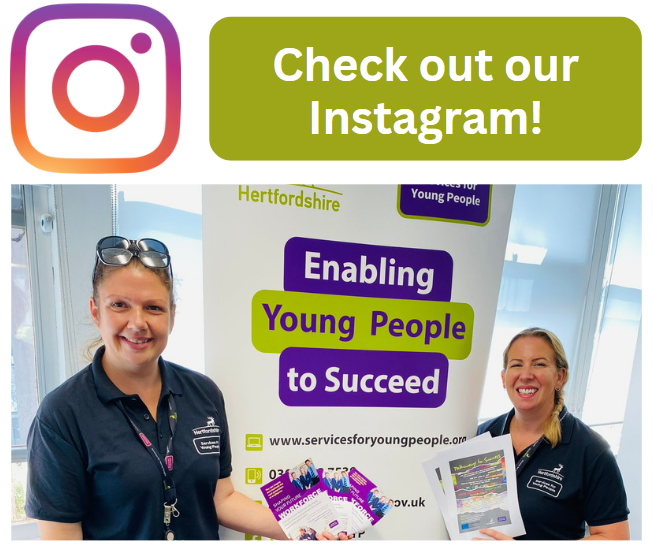Audience: Early Years
Description of Activity
- Outside today - weather and clothing
- Seasonal observations and activities
- Sensory experiences
- Themed scavenger hunts
- Sorting, counting and displaying natural objects
- Animal detectives
- Introduction to a range of habitats
- Observing and constructing animal homes
- Care of living things
- Walks using geographical language
- Outdoor, site-specific story telling
- Exploring the properties of natural materials and how they may change over time
- Making connections between natural materials and manufactured objects
Learning Outcomes
Some examples of learning outcomes that can be introduced within this activity are below. Please discuss the outcomes you wish to achieve with your course tutor during the planning of your group programme.
Children will:
- Develop listening skills
- Learn to follow instructions
- Practice speaking to a group
- Extend their descriptive vocabulary
- Understand the links between a woodland story and the real woodland
- Practice recording their thoughts outdoors
- Use non-fiction texts to gain information
- Practice sequencing text from a story or lines of poetry
- Increase their observation and communication skills



